Book Review: Yoga for Times of Change
Practices and Meditations for Moving Through Stress, Anxiety, Grief & Life’s Transitions
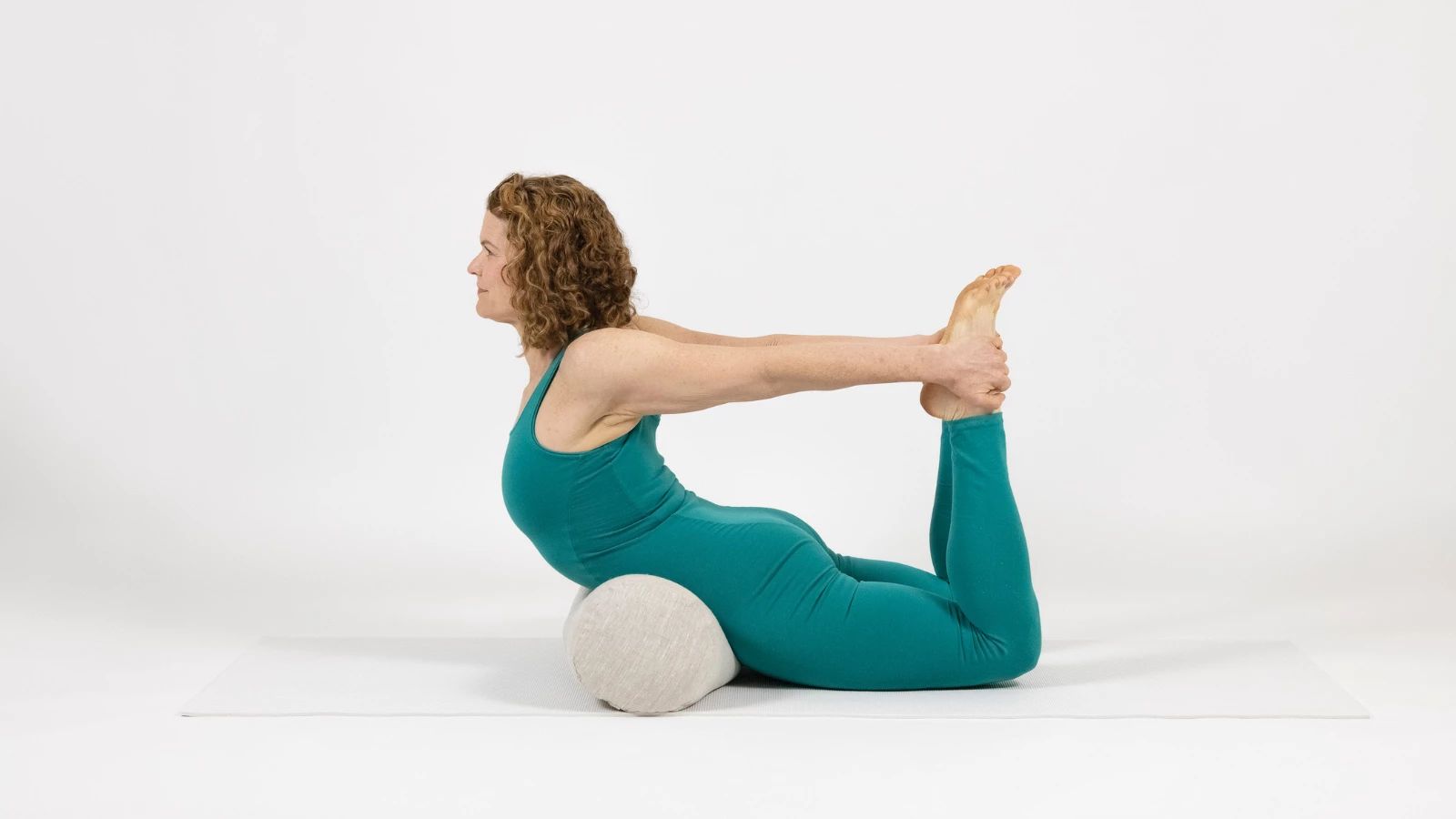
Article At A Glance
Yoga is a potent tool we can employ to accept and adapt to the changing circumstances in our lives. Today’s yoga includes ancient and modern techniques, enabling us to return to balance in the midst of change and uncertainty intrinsic to human life.
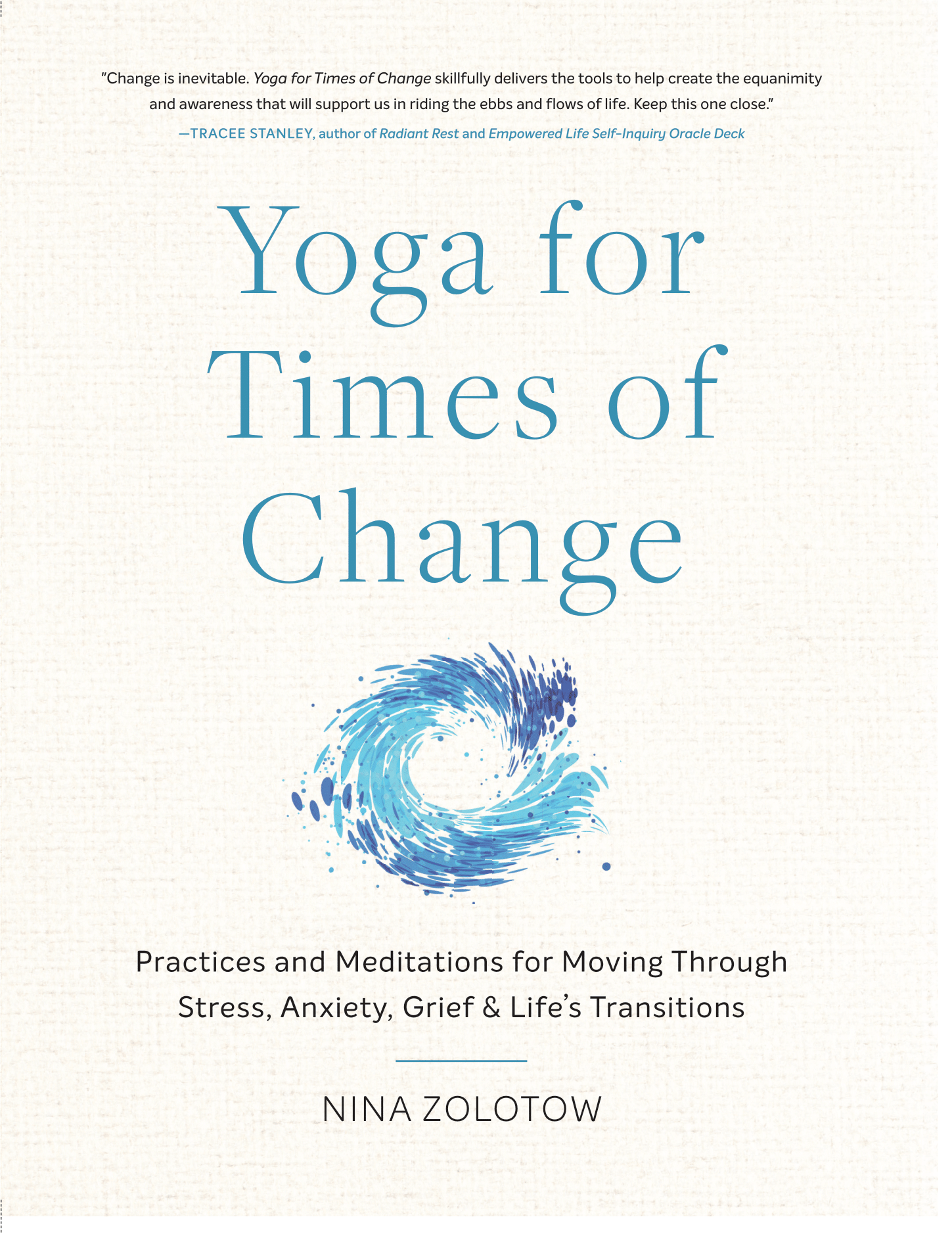 Practicing yoga can fortify our bodies, our capacity for concentration, and our clarity of purpose so we can meet times of change, whether major or minor, temporary or lifelong, physical or emotional, with open eyes and hearts.
Practicing yoga can fortify our bodies, our capacity for concentration, and our clarity of purpose so we can meet times of change, whether major or minor, temporary or lifelong, physical or emotional, with open eyes and hearts.
Indeed, yoga is powerful—and some of the aspects of yoga Nina Zolotow offers in her new book, Yoga for Times of Change: Practices and Meditations for Moving Through Stress, Anxiety, Grief & Life’s Transitions are what you might expect: postures, breathing techniques, meditations, and philosophy. However, Nina also offers her own perspective and her own voice, which is powerful in itself.
Experience is the Teacher
She speaks of her own life while considering those of her readers. She sees us, and the suffering we experience. We know this because she shares with us her own struggles. The insomnia and grief she went through as a new mother, abroad and isolated, landed her in her doctor’s office diagnosed with agitated depression. It started her on her journey to recovery and lifelong curiosity about the nature of change, and how humans are wired to cope.
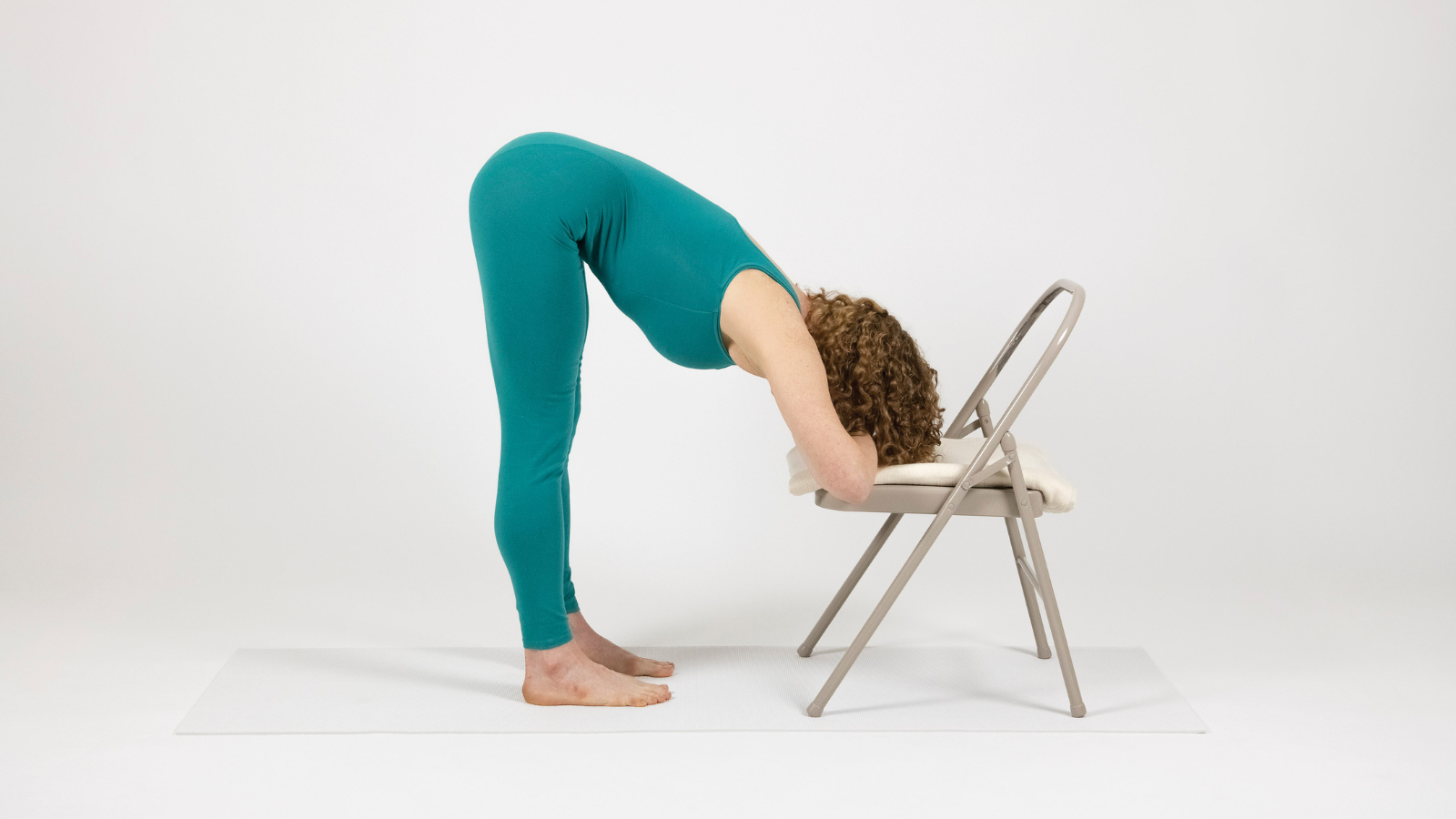
She has compassion for us. We, too, are living through two-plus years of a pandemic that demanded immediate, and previously unimaginable, changes in the way we work and spend our days. We, too, have witnessed worrisome seasons of political upheaval and extreme weather. She knows we are all human beings, too, stumbling our way through life, its uncertainties, its ordinary ups and downs, and those extraordinary ones, as well.
She explains some practices she has to share may work for us, and others may not. She teaches that every yoga offering has its value, but that it’s quite possible the particular technique we choose may well be the right instruction, but it may be the wrong time. She recognizes and reminds us that if something is not working now, it is not working right now. That insight alone gives the reader confidence. That understanding empowers us to assess the situation we are in and to know that because of all the possible ways life will continue to unfold, there is no sure fix that will last forever. Instead, there is the inspiration for a lifelong experiment to discover balance again and again.
Yoga for Times of Change Explores Emotion and Equanimity
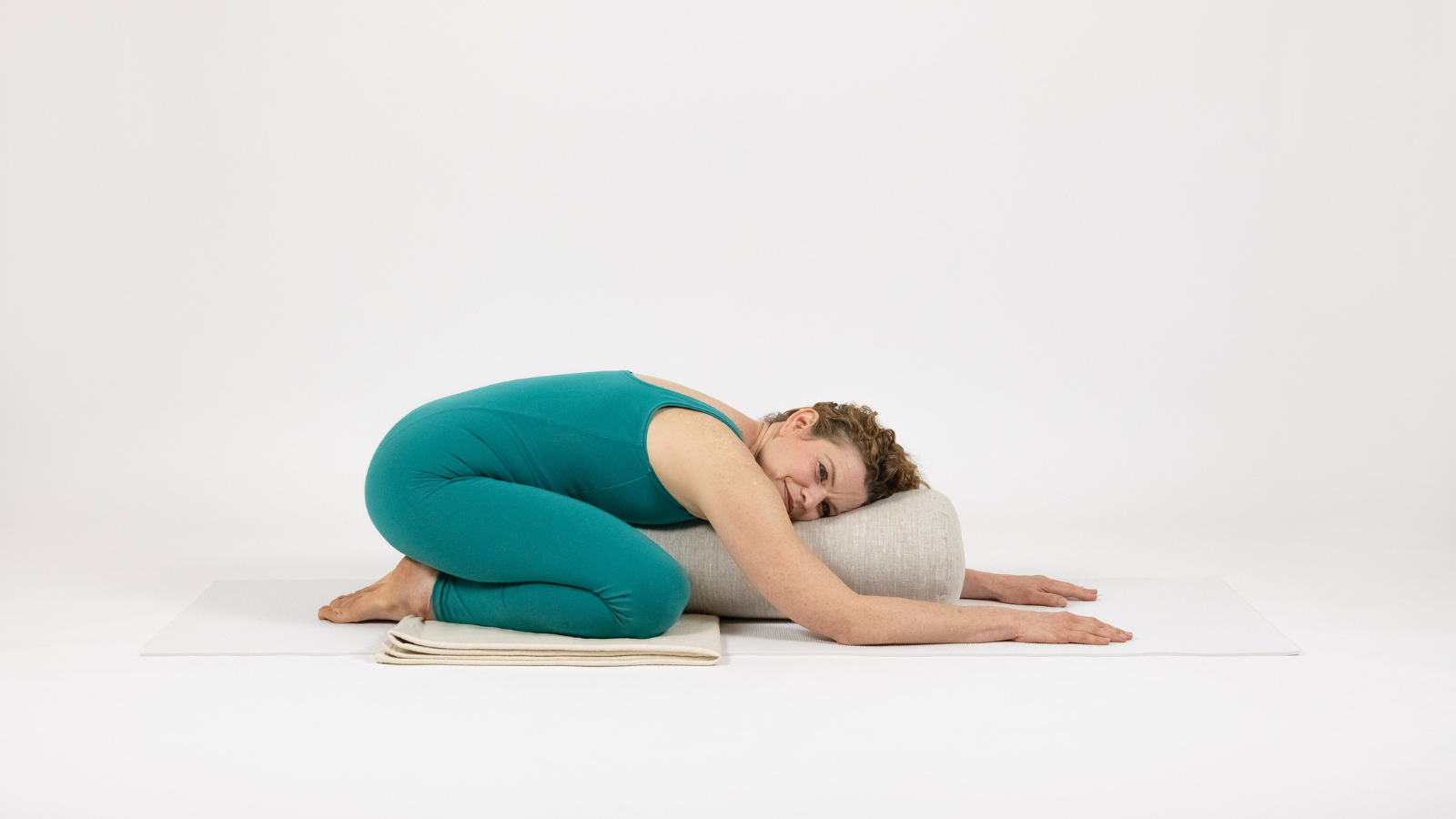
Several chapters are about a particular emotion that can feel overwhelming in times of change: grief, anxiety, depression, and anger. Each chapter offers techniques to recognize the particular emotion and accept it for what it is. She offers positive interventions that may help in the midst, and techniques to learn to be content with whatever is arising. Zolotow gives us the opportunity to regard an uncomfortable emotion as a signal of how important our thoughts are, how to investigate those thoughts, and how to balance our ever-adjusting nervous system responses in order to move through times of change with more grace and equanimity.
Essential to a book about coping with heavy emotional experiences and how to use yoga to help, Zolotow acknowledges when yoga might not be enough on its own. For example, when anxiety levels are high enough that they become the baseline after a few weeks, she suggests it’s time to consult a mental health professional. Yoga is indeed powerful, but self-regulation is one thing and persistent emotional disturbance is quite another. The author acknowledges how a gentle backbend or supported inverted pose can help balance low-grade depression, but she does not suggest a clinically depressed person should simply practice deep backbends and all will be well.
Taking Action: How to Practice Yoga for Times of Change
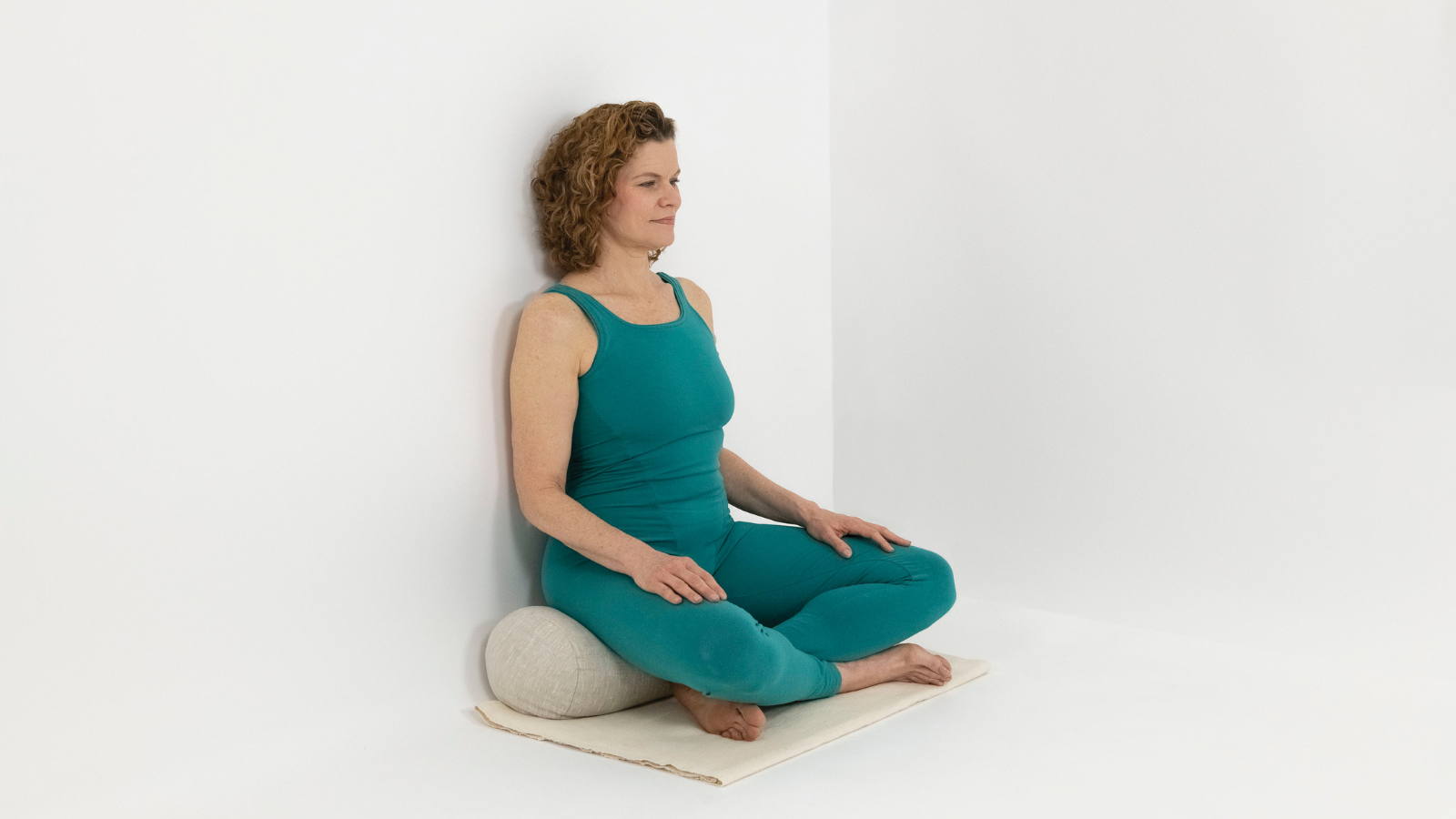
I expected Zolotow to offer her reader “Practices and Meditations for … ” as included in the book’s title. Each chapter is titled with a verb: “Coping with …,” “Moving Through …,” “Adapting to …,” and “Making Peace with …”. This empowers the reader to take action. The reader is also forgiven for being too tired, too stressed, or simply not feeling ready to act. Nina Zolotow does not demand perfection. Instead, she seeks to inspire us to cultivate sustainable practices that can ground them in the midst of turmoil.
The book connects yoga to science, research, philosophy, and physiology to give yoga practices even more context and depth. I found Yoga for Times of Change compelling and inspiring, and I will surely keep it on my bookshelf forever as a reference and a guide—except that I have already loaned it to a dear friend who is going through some serious times of change herself.
Also, read...
Book Review: Yoga for Times of Change
Yoga Revolution: A Call for Social Justice On and Off the Mat (A Book Review)
The Changing Yoga Profession
Related courses

Sarah Bell (ERYT-500, YACEP) has been teaching yoga since 1994. She was on the faculty of the Yoga Works Teacher Training Program for fifteen years, having trained hundreds of teachers in both the 200-hour Introductory Courses and the 300-hour Professional Programs throughout the country and abroad. She is the creator of Speaking of Yoga, a voice and communication course for yoga teachers, as well as Beyond the Postures, a course that introduces yoga philosophy, anatomy, pranayama, and meditation to curious yoga practitioners. She mentors yoga teachers along the path as they find their voice and refine their skills. For more information on her upcoming retreats, courses, and classes, find her at www.sarahbellyoga.com



